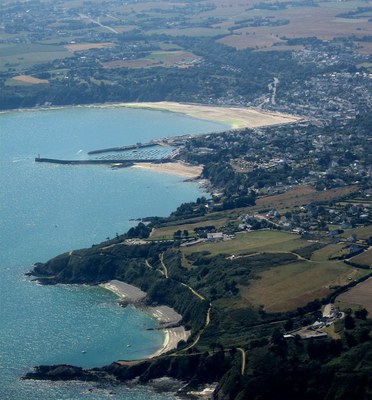5.4.11 Golfe Normand-Breton: Scenarios experience sharing

Advantages and disadvantages
This exercise has been a great opportunity for the Marine Protected Area management team to better understand the links between public policies, activity planning at different scales and stakeholders perceptions.
In the framework of the proposed marine nature park on the area, a consultation process was launched in 2011, led by a local team of the French agency of marine protected areas (AAMP) with the stakeholders of this area.
This has meant that these stakeholders were already familiar with this kind of participatory exercise so the expected added value of helping the dialogue and creation of a common culture had already been attained, partially. The exercise however, remained relatively consensual and some gains were made.
For the VALMER project, even with the site stakeholders having already undertaken such participatory exercises, the process of thinking in terms of ecosystem services has helped the overall understanding in the area of the relationship between the natural environment and economic activities.
Difficulties encountered
The triage process helped in demonstrating transparency and to avoid the questioning of the objectivity of the process by stakeholders.
The first problem in the Golfe Normand-Breton was to ensure that well-focused and relevant subjects for ecosystem services scenario development were chosen while being unrestrictive on open with the discussions with stakeholders. The use of the triage methodology, whilst if time consuming, has helped greatly in this process.
It was often challenging as Marine Protected Area managers to assume the double identity of facilitators and stakeholder.
In this hypothetical management situation (i.e. no binding decision at stake), the engagement of stakeholders depended purely on their willingness and interest to participate and it was difficult to maintain their interest for the full duration of the project.
At the same time, this “no stake” situation allowed us to have a high degree of freedom in what was said during the debates.
Finally, as the Ecosystem Services Assessment and the scenario development were two separate processes, it was difficult to find a way to assemble them in the right order to translate the scenarios into potential ecosystem services variations.
 Tips
Tips
- Carefully delimitate the aim of scenarios: adapt the level of detail to the potential goal (modelling, to tell a story, etc.)
- Engage a diversity of stakeholders: engage stakeholders from many different sectors (and not only representatives from organisations)
- Use different participation methodologies: post-its, carrousel, etc.

